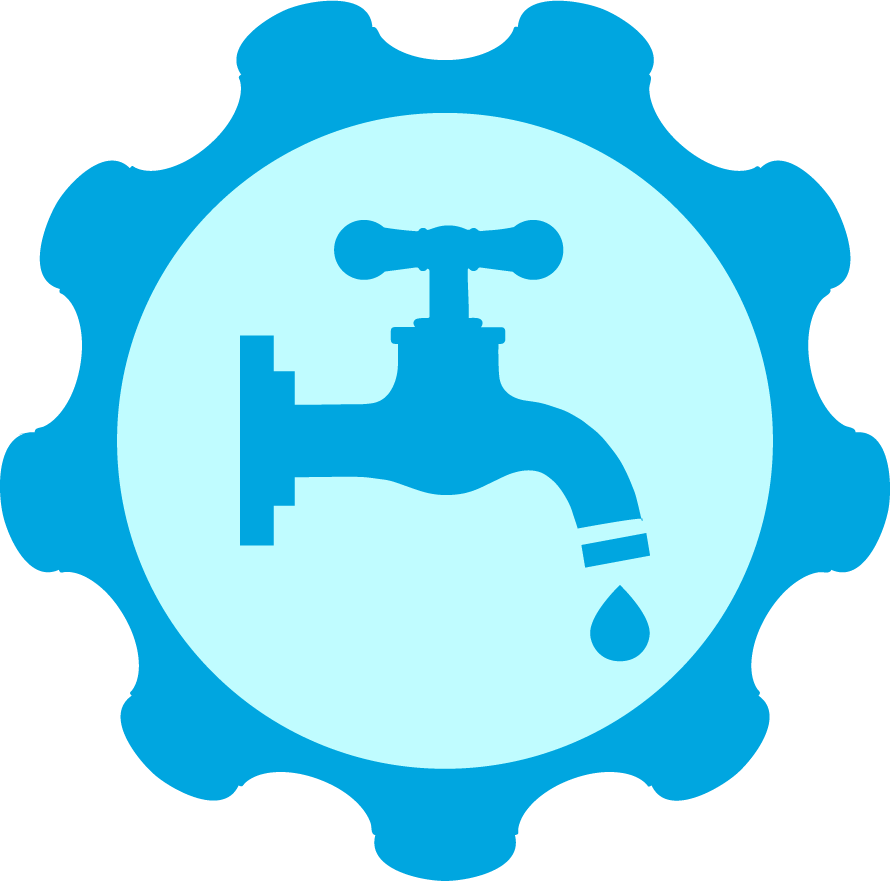Understanding Kitchen Grease Traps and Interceptors: How They Work and Why They Matter

Understanding Kitchen Grease Traps and Interceptors: How They Work and Why They Matter
Grease traps and interceptors are vital in modern plumbing systems, especially in commercial kitchens where large amounts of fats, oils, and grease (FOG) can cause serious plumbing issues. These devices help prevent blockages and backups in sewer lines, ensuring smooth wastewater flow and compliance with health regulations.
Let’s explore how grease traps and interceptors work, where they’re used, and why regular maintenance is crucial.
Table of Contents
What Are Grease Traps?
A grease trap is a plumbing device designed to capture fats, oils, and grease (FOG) before they enter the wastewater system. These substances can solidify as they cool, creating thick blockages leading to sewer backups and expensive repairs.
How Do Grease Traps Work?
Grease traps operate by separating grease from water. As wastewater flows through the trap:
- Grease and oils, being lighter than water, float to the top.
- Solid particles settle at the bottom.
- Clean water flows out through a separate pipe into the sewage system.
This process prevents harmful buildup in the main sewer line, protecting the plumbing system and public wastewater infrastructure.
Where Are Grease Interceptors Used?
Grease interceptors (a larger version of grease traps) are most commonly found in commercial kitchens and food service establishments with large volumes of cooking and cleaning. These facilities generate significant amounts of FOG that require proper management to avoid costly plumbing issues.
Common Locations for Grease Interceptors:
- Restaurants & Cafes
- Hotel Kitchens
- Hospitals & Nursing Homes
- School Cafeterias
- Food Processing Plants
Why Are They Essential?
- Prevent Sewer Backups: Large amounts of FOG can clog sewer lines, leading to serious plumbing issues.
- Health & Safety Compliance: Many U.S. municipalities mandate grease trap installations for food service businesses.
- Protects Infrastructure: Prevents FOG buildup in public sewer systems, reducing city maintenance costs.
Types of Grease Traps and Interceptors
Several types of grease traps and interceptors are available, each suited to different kitchen sizes and levels of grease production.
1. Passive Grease Traps (Hydromechanical Grease Interceptors)
- Common Usage: Found under commercial kitchen sinks.
- Design: Three-compartment system for capturing grease and solids.
- Best For: Small restaurants and food service operations.
- Limitations: Needs frequent manual cleaning.
2. Grease Recovery Devices (GRD)
- Function: Automatically separates and removes grease after it’s trapped.
- Efficiency: Collected grease can be recycled, making it ideal for businesses aiming for eco-friendly waste management.
- Best For: Medium to large kitchens with high grease output.
3. In-Ground Grease Traps (Gravity Grease Interceptors)
- Design: Large underground tanks typically made from steel or fiberglass.
- Capacity: Designed to handle high grease loads for extensive facilities.
- Best For: Large commercial kitchens, hospitals, and school cafeterias.
- Maintenance: Typically requires professional pumping and cleaning.
Why Grease Trap Maintenance Is Essential
Routine maintenance is critical to keeping grease traps functioning correctly. Neglecting them can result in:
- Clogs & Sewer Backups: Accumulated grease can block wastewater flow, leading to backups in kitchen drains.
- Health Code Violations: Many municipalities require regular grease trap cleaning as part of health and safety regulations.
- Unpleasant Odors: FOG and solid waste can break down over time, releasing foul smells.
- Costly Repairs: Ignoring grease trap maintenance could lead to expensive plumbing repairs or fines.
Signs Your Grease Trap Needs Maintenance:
- Slow drainage in sinks.
- Unpleasant odors near drains.
- Grease visibly overflowing from the trap.
- Standing water or backups in the kitchen area.
How Often Should a Grease Trap Be Cleaned?
The frequency of cleaning depends on usage levels and local regulations, but general guidelines include:
- Small Restaurants: Clean every 1-2 months.
- Busy Commercial Kitchens: Clean every 2-4 weeks.
- Extensive Facilities (Hospitals/Schools): Clean monthly or as health authorities require.
Professional Grease Trap Cleaning and Maintenance
Regular cleaning is essential to keep grease traps functioning efficiently. While some smaller grease traps can be cleaned by staff, larger in-ground interceptors often require professional servicing to ensure health and safety standards compliance.
PlumberHelp Can Connect You with Licensed Grease Trap Specialists
If your business needs professional grease trap cleaning, PlumberHelp connects you with licensed plumbers who specialize in:
- Grease trap installation and replacement.
- Routine cleaning and pumping services.
- Compliance with local health codes.
- Emergency grease trap services.
Why Grease Traps Are Essential
- Prevents Sewer Clogs: Stops fats, oils, and grease from blocking drains.
- Health & Safety Compliance: Many municipalities require grease traps in commercial kitchens.
- Protects Plumbing Infrastructure: Reduces costly repairs and long-term damage.
- Eco-Friendly: Grease Recovery Devices allow for grease recycling and sustainable practices.
Need professional help with grease trap cleaning or installation?
PlumberHelp connects you with licensed plumbers who specialize in commercial kitchen plumbing. Whether you need a new grease trap installed or require regular maintenance, our network ensures reliable service that keeps your kitchen compliant and clog-free.
Contact us today to be matched with a trusted plumbing professional in your area!
